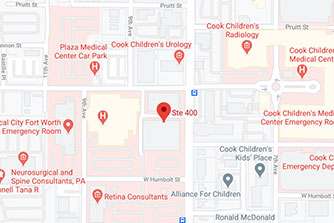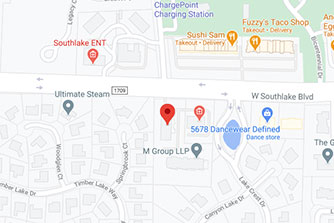Common Breast-Reconstruction Techniques

A breast-reconstruction surgery is a safe and effective way to restore the shape, size, and contours of the breasts after mastectomy surgery. The choice to undergo a breast reconstruction is extremely personal and depends on a variety of factors, such as:
- The health and medical restrictions of the individual
- The cosmetic requirements of the individual
- The individual’s personal feelings about the shape of their breasts
Before deciding on breast reconstruction, it’s always best to seek advice from a qualified medical professional. Dr. Heistein will be happy to help with this decision. Depending on a number of factors, Dr. Heistein may suggest one of two breast-reconstruction techniques.
Implant Reconstruction
In the implant reconstruction procedure, we use saline or silicone-filled implants to restore the volume and dimensions of your breasts. The procedure starts with a consultation, where Dr. Heistein will decide the angle at which the implant will be inserted. The surgery can be performed both directly after the mastectomy (breast removal surgery) or a few weeks after the mastectomy.
During the surgery, Dr. Heistein will create a small incision and then insert a prosthetic called a tissue expander. Over time, this prosthetic will be slowly filled with saline, gradually increasing the size of the region to make room for an implant.
When the tissues have been expanded to the appropriate size, the prosthetic is removed and the implant is inserted. The implant can be placed either above or below the pectoral muscles. The incision is then closed with sutures.
Autologous Breast Reconstruction
The autologous breast-reconstruction procedure is also called the flap reconstruction procedure. In this surgery, we use tissues collected from another part of the body to restore the look of your breasts. These tissues are typically taken from the abdomen, buttocks, back, or thigh.
If the tissues are separated from the blood vessels and then used for reconstruction, it is called free flap reconstruction. This surgery is much more complicated than the second type of autologous reconstruction – pedicled flap surgery – since it involves microsurgery.
In pedicled flap surgery, we retain the blood vessels in the tissues and insert the entire tissue flap into the breast. This is the more commonly used surgical technique, since it helps establish blood flow in the breasts immediately. Free flap surgery is used only in select cases where the vessels cannot be used.
Implant Surgery or Flap Surgery?
While both the implant and flap surgeries offer excellent results, the implant surgery is more effective for thinner women and women who had smaller breasts. This is because implants come in certain standard sizes, and it is easier to fit implants for women with smaller breasts. However, this doesn’t mean that women who had larger breasts can’t have implants.
Since flap reconstruction surgery uses the body’s own tissue, it is best if you want to reduce the likelihood of tissue rejection. Flap reconstruction provides a more natural and softer breast after surgery than implant-based reconstruction.
We will be able to advise you about your best option for reconstruction surgery. In some cases, both types of surgery are used.
Contact Us to Set Up Your Appointment
If you’re interested in learning more about breast-reconstruction surgery, contact Heistein Plastic Surgery to schedule a consultation today. Dr. Jonathan Heistein, a board-certified plastic surgeon, has helped many patients reconstruct their breasts.


